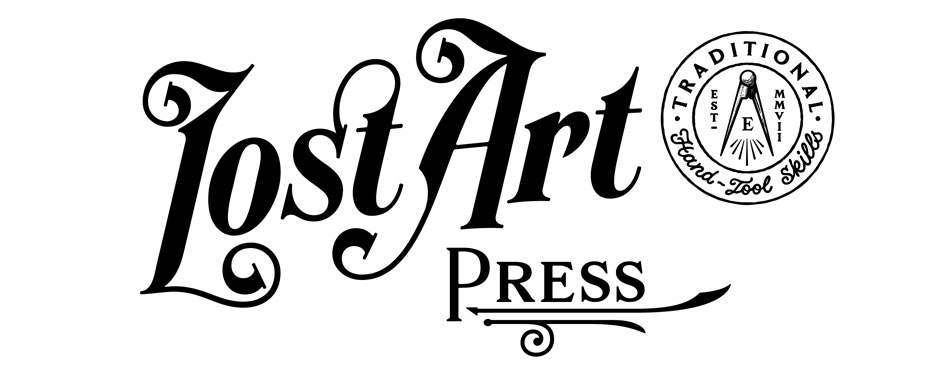When I began teaching woodworking in the early 2000s, I channeled my favorite Russian literature professor. It was a huge mistake.
When teaching students to saw, I barfed out everything about the topic I could muster – the historical and sociological context, the changes in tools and saw-tooth filing over the centuries, the different perspectives on the core techniques, plus a discussion of the cultural differences among the major Western civilizations that used saws.
Two hours and a dry mouth later, we began to cut wood. I knew my teaching approach was wrong, but I didn’t know how to fix it until one day I read about how some Japanese woodworkers teach the craft. First, the student watches the teacher perform the technique, who may or may not explain the task with words.
Then, when the student performs the task, the teacher would lay his or her hands on those of the student as they worked – showing how each tool is pulled, shifted and controlled during the cut.
At that moment, I put the book down and realized how my teaching had to change.
Just like with effective writing, teaching woodworking is about using the fewest words possible to explain something. And most of all, it is about showing – not telling. An example might help.
When I taught about marriage marks in my talkie era, I would explain how the marks worked and then show the students how to mark their work correctly. Inevitably, one or two students would ask about alternative marking-out methods, and they might even insist that a different method (colored dots, for example) was far superior.
This led to a back-and-forth discussion that was better suited to the beer hall than the classroom.
These days I mark all the students’ boards with marriage marks before class begins. I give a brief explanation of how to use them, and then we go to work. Inevitably, at some point during the day, a student will use the marriage marks to catch an error being made by a student at an adjacent bench.
And that’s when I explain their importance: Use the same system so others can help you. As the students are busy working (sawing, planing, whatever), I then expound on the “why” behind the marks. My explanation is available for people who want to know “why,” and it can be ignored by people who just want the “how.”
Here’s the funny thing. There are far fewer students who now question the marks because they find themselves in the middle of using them and relying on them. The genius of the marking system has already been shown to the student. And I didn’t have to tell or convince them.
Teaching has been a lot on my mind because I just spent seven days straight teaching two classes at The School of Woodwork in Florida. Because Lost Art Press has grown so much since 2018, I’ve been away from teaching for a while, even though it helps my writing, research and construction techniques.
So I know I should teach a little – if only to test my ideas against those of much-smarter students. That’s why I agreed to do a chair class for scholarship students in July and the Chair Chat Class in October. And, because you have read this far (thanks!), I’ll let you know that I will teach one more chair class in 2022 (Sept. 19-23 at our storefront), which will be open to all students.
I don’t anticipate teaching on the road anymore. The year after I quit Popular Woodworking Magazine, I did 18 weeks of teaching all over the world. That’s not possible today with what Lost Art Press has become. But two or three classes a year? Sleeping in my own bed? Eating my own food? I think I can handle that.
Thanks to everyone who has been pestering me about this for the last three or four years. You were right.
— Christopher Schwarz
P.S. Don’t worry, I’m not going to touch you during a class. That costs extra.
Like this:
Like Loading...














